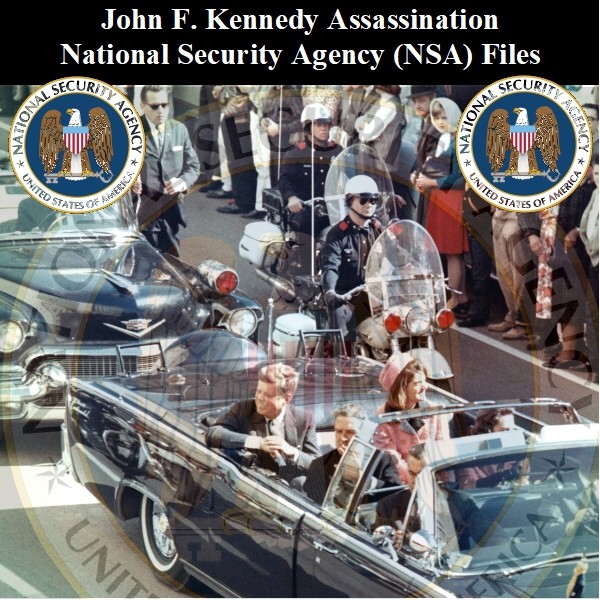
John F. Kennedy Assassination National Security Agency (NSA) Files
$19.50
Description
JFK Assassination: NSA Files Timeline and Key Figures
Timeline of Main Events (Based on NSA Files Excerpts)
- January 15, 1963: An NSA Communications Intelligence/COMINT report details a plan in Cuba to assassinate Fidel Castro.
- November 22, 1963, 12:30 p.m. CST: President John F. Kennedy is assassinated by gunshots while riding in a motorcade through Dealey Plaza in Dallas, Texas.
- November 22-23, 1963: The National Security Agency SIGINT Command Center maintains Event Logs related to the assassination.
- November 23, 1963: An NSA signal intelligence report from Fort Meade, Maryland, reports that the Cuban military sent an alert to its units: “a state of alert is ordered for all personnel. Be ready to repel aggression.”
- Post-November 22, 1963 (Ongoing): The NSA monitors international press reaction to the assassination of President Kennedy.
- Post-November 22, 1963 (Ongoing): Memos indicate a deterioration of relations between Mexico and Cuba following the assassination.
- 1963-1964: The Warren Commission conducts its investigation into the assassination. The NSA cooperates by examining materials, including those belonging to Lee Harvey Oswald, for coded messages.
- September 1964: The Warren Commission publishes its report, concluding that Lee Harvey Oswald acted alone in the assassination of President Kennedy.
- 1964: NSA Director Lt Gen Gordon A. Blake sends a letter to General Counsel Lee Richards of the President’s Commission on the Assassination of President Kennedy (Warren Commission) concerning the examination of Lee Harvey Oswald’s materials by NSA cryptologists.
- 1979: The United States House Select Committee on Assassinations (HSCA) concludes that Kennedy was assassinated by Oswald, probably as a result of a conspiracy.
- 1992: The President John F. Kennedy Assassination Records Collection Act is passed, creating the Assassination Records Review Board (ARRB).
- Early 1990s: Following the release of Oliver Stone’s film “JFK,” the NSA collects a series of news articles concerning the Kennedy assassination.
- 1992-1998: The Assassination Records Review Board operates as an independent agency, re-examining and working to release assassination-related records held by federal agencies, including the NSA. The ARRB faces challenges in obtaining full cooperation from the NSA regarding the release of certain documents.
- September 30, 1998: The Assassination Records Review Board concludes its work.
- November 2017: Some NSA material related to the Kennedy assassination is declassified.
- 1963-1995: The date range of the NSA files related to the assassination.
Cast of Characters
- John F. Kennedy: The 35th President of the United States, assassinated on November 22, 1963, in Dallas, Texas.
- Jacqueline Kennedy: Wife of President John F. Kennedy, who was with him in the motorcade when he was assassinated.
- Lee Harvey Oswald: An employee of the Texas School Book Depository in Dealey Plaza, identified by the Warren Commission as the sole assassin of President Kennedy.
- Fidel Castro: The Prime Minister (later President) of Cuba. An NSA report from January 15, 1963, detailed a plan in Cuba to assassinate him.
- Warren Commission: Officially known as the President’s Commission on the Assassination of President Kennedy. Established to investigate the assassination and concluded that Lee Harvey Oswald acted alone.
- Lee Richards: General Counsel of the President’s Commission on the Assassination of President Kennedy (Warren Commission). Received a letter from the NSA Director regarding the examination of Oswald’s materials.
- Lt Gen Gordon A. Blake: Director of the National Security Agency (NSA) in 1964. Wrote a letter to Lee Richards concerning the NSA’s examination of Lee Harvey Oswald’s materials.
- House Select Committee on Assassinations (HSCA): A committee of the U.S. House of Representatives that investigated the assassinations of John F. Kennedy and Martin Luther King Jr. In 1979, the HSCA concluded that Kennedy was likely assassinated as a result of a conspiracy.
- Assassination Records Review Board (ARRB): An independent agency created by the President John F. Kennedy Assassination Records Collection Act of 1992 to re-examine and release assassination-related records.
- Oliver Stone: Director of the film “JFK,” released in the early 1990s, which explored conspiracy theories surrounding the Kennedy assassination and spurred renewed public interest in the topic.
John F. Kennedy Assassination National Security Agency (NSA) Files
2,484 pages of National Security Agency, NSA, files related to the assassination of President John F. Kennedy. Some material was not declassified until November 2017.
The files date from 1963 to 1995. Much of the material dating near the time of the assassination is composed of Communications Intelligence/COMINT reports. These are reports of technical and intelligence information derived from foreign communications by means other than those intended by the sender and received by others than the intended recipients. The specific correspondents in these intercepted communications are usually withheld. Much of the material in this set deals with the NSA’s cooperation with the ARRB.
The documents include:
An NSA memo about its determination as to if any of the material given to it to examine by the warren Commission was written in code.
A January 15, 1963 NSA Communications Intelligence/COMINT report on a plan in Cuba to assassinate Fidel Castro.
National Security Agency SIGINT Command Center Event Logs from November 22 to November 23, 1963.
A November 23, 1963 NSA signal intelligence report from Fort Meade Maryland, reporting that the Cuban military sent an alert to its units translated as “a state of alert is ordered for all personnel. Be ready to repel aggression.”
Various memos concerning international press reaction to the assassination of President Kennedy.
Memos report on the deterioration of relations between Mexico and Cuba after the assassination.
A 1964 letter to General Counsel Lee Richards, of the President’s Commission on the Assassination of President Kennedy from NSA Director Lt Gen Gordon A. Blake, concerning the examination by NSA cryptologists of materials belonging to Lee Harvey Oswald.
Correspondences from the NSA to House and Senate Committees investigating the assassination of President Kennedy, concerning related NSA documents.
Correspondences and internal NSA memos concerning compliance with requests from the Assassination Records Review Board.
A series of news articles collected by the NSA concerning the Kennedy Assassination published in the early 1990’s beginning after the release of the Oliver Stone film “JFK.”
ASSASSINATION RECORDS REVIEW BOARD FINAL REPORT
In addition to the 2,484 pages of National Security Agency files, is the Assassination Records Review Board Final Report. This 227-page report contains information on the challenges the Board had in working with the NSA, concerning releasing Kennedy assassination related documents.
The assassination of President John F. Kennedy, the thirty-fifth President of the United States, took place on Friday, November 22, 1963, in Dallas, Texas at 12:30p.m. Kennedy was fatally wounded by gunshots while riding with his wife Jacqueline in a presidential motorcade through Dealey Plaza. President Kennedy was only 46 years old and had served less than three years in office.
The official investigation by the Warren Commission was conducted over a ten- month period, and its report was published in September 1964. The Warren Commission concluded that the assassination was carried out solely by Lee Harvey Oswald, an employee of the Texas School Book Depository in Dealey Plaza. This conclusion initially met with widespread support among the American public. A 1966 Gallup poll showed that 54 percent of American did not believe ina plot. Later polls show a majority of the public hold beliefs contrary to the Commission’s findings. The United States House Select Committee on Assassinations (HSCA) concluded in 1979 that Kennedy was assassinated by Oswald probably as a result of a conspiracy. This conclusion was based on taped acoustic evidence, which has since been called into question. The assassination is still the subject of widespread speculation and has spawned a number of theories.
The President John F. Kennedy Assassination Records Collection Act of 1992 created the Assassination Records Review Board as an independent agency to re- examine for release, the assassination-related records that federal agencies still regarded as too sensitive to open to the public. The Board finished its work on September 30, 1998.
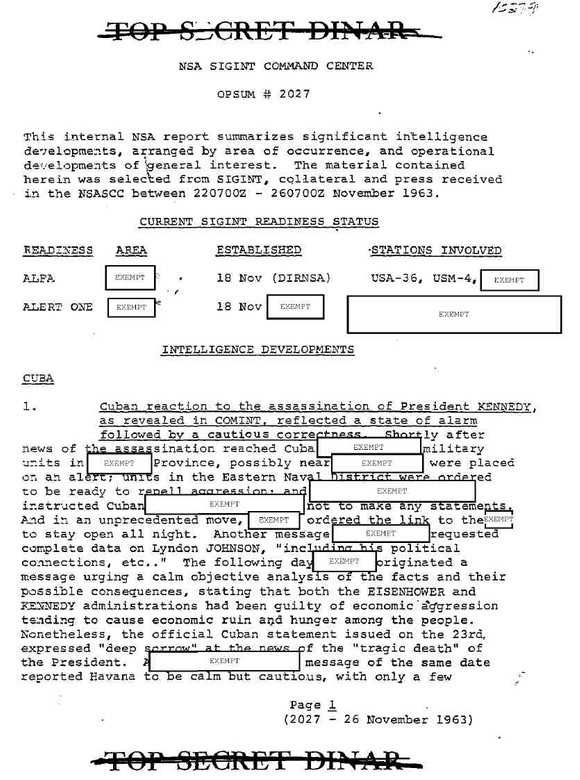
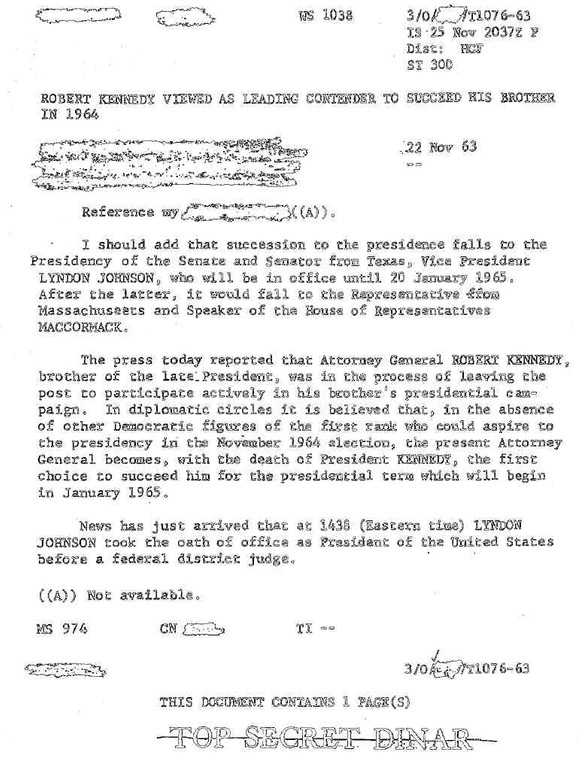
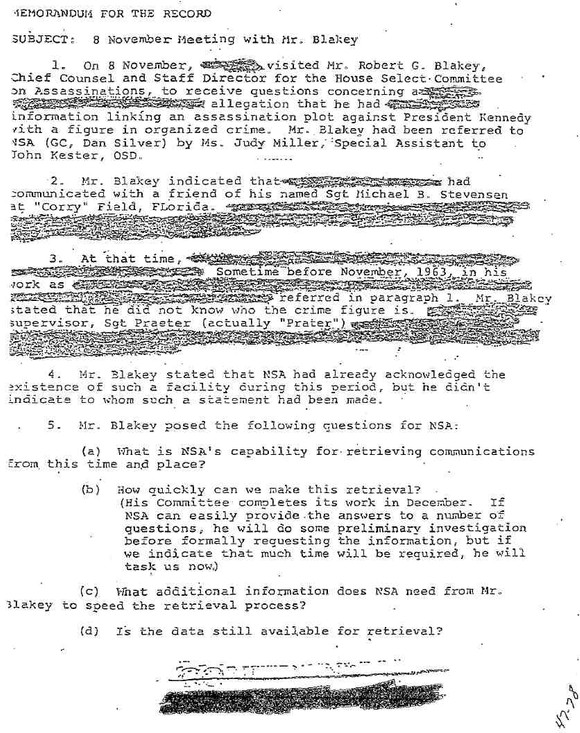
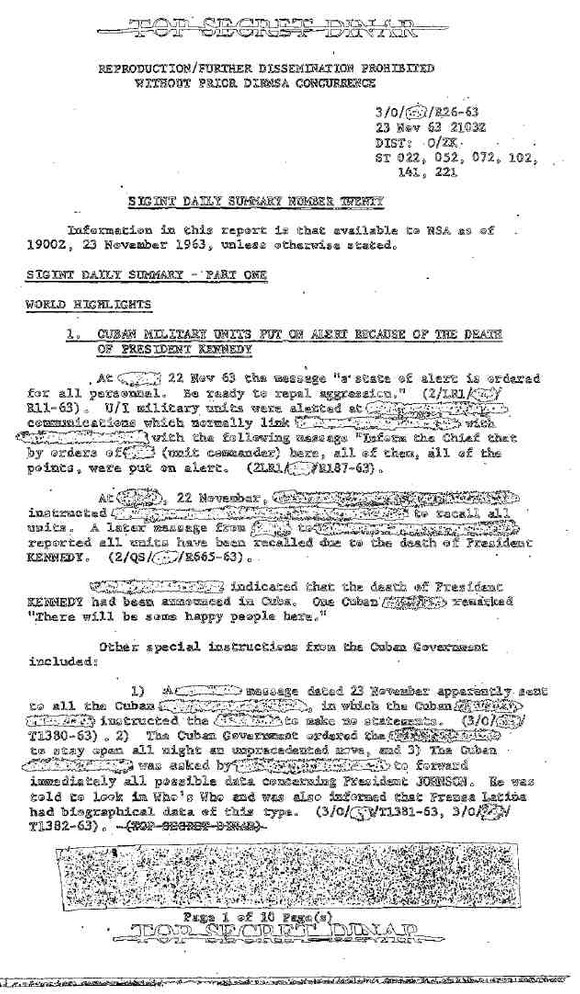
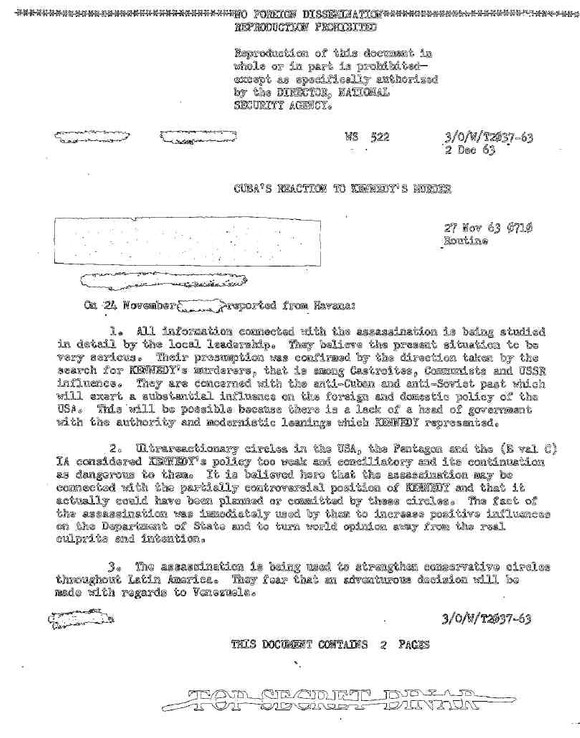
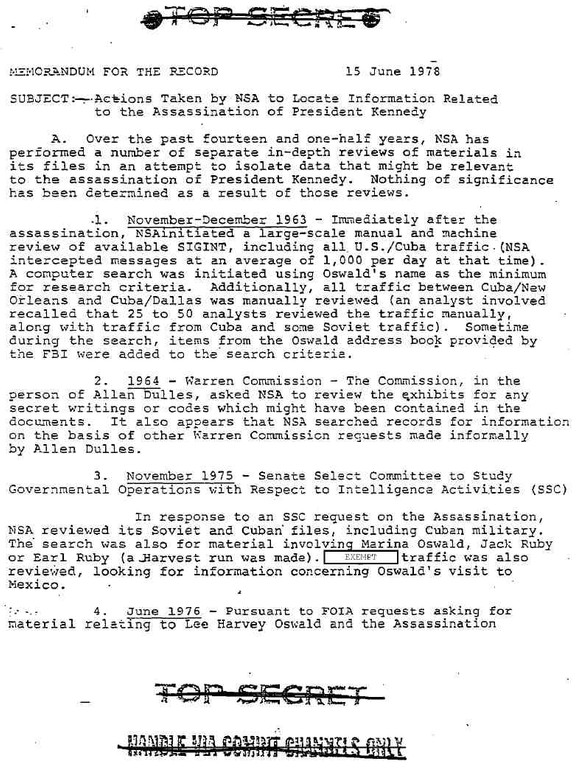
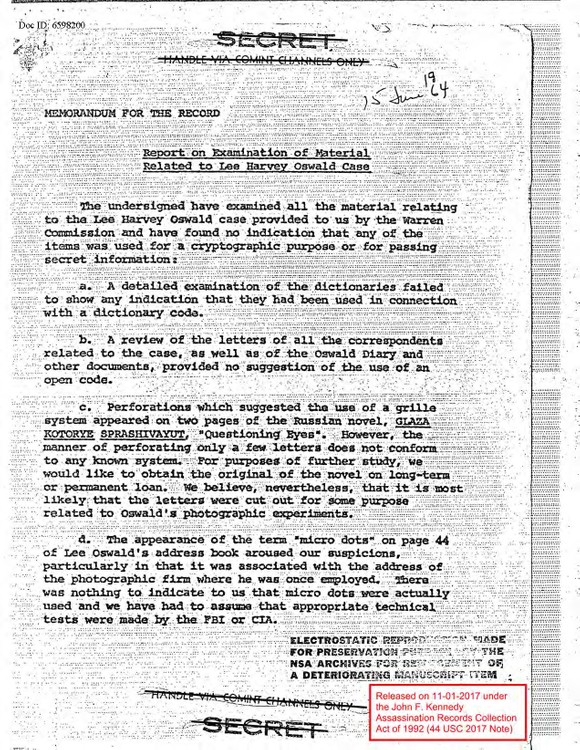

Related products
-
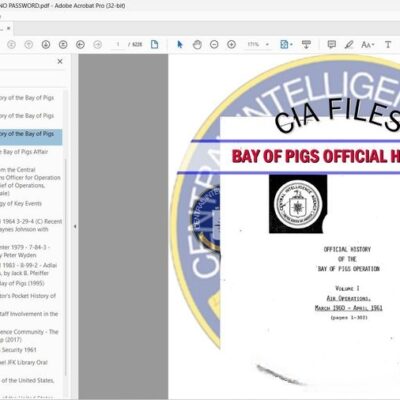
Bay of Pigs CIA Official History of the Bay of Pigs Operation
$19.50 Add to Cart -
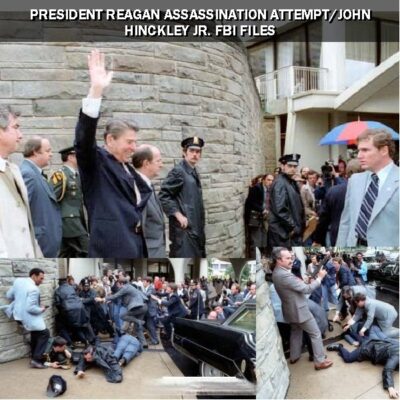
President Ronald Reagan Assassination Attempt John Hinckley Jr. FBI Files
$19.50 Add to Cart -
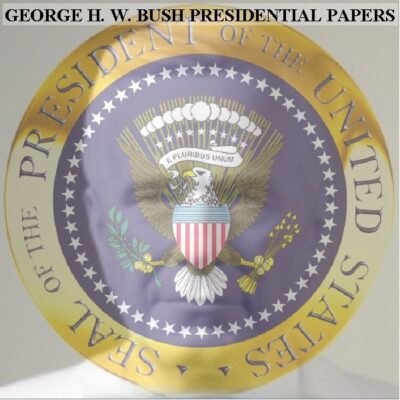
George Herbert Walker Bush Presidential Papers
$19.50 Add to Cart -
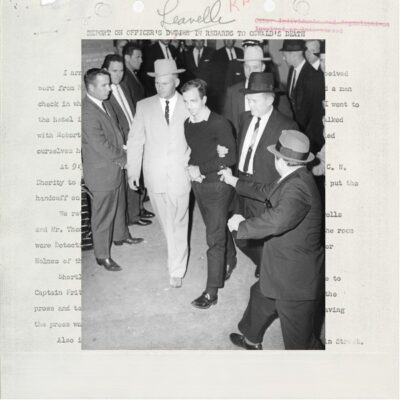
JFK Assassination Jim Leavelle Warren Commission Vertical File
$0.00 Add to Cart